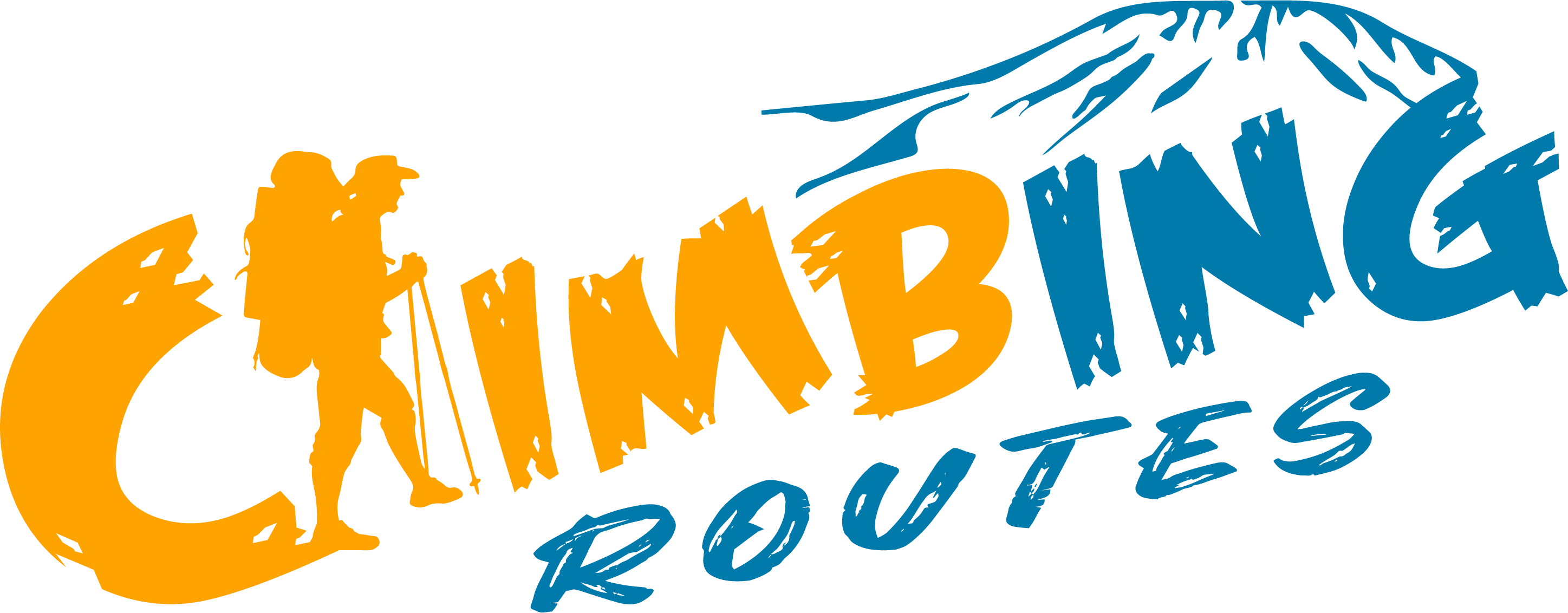A Guide to Effective Training: Conquering Kilimanjaro
Mount Kilimanjaro, the crown jewel of Africa, attracts adventurers from all corners of the globe. Reaching its 5,895-meter summit demands a blend of physical prowess, mental fortitude, and meticulous preparation. While the ascent may seem daunting, thorough training can empower you to tackle this challenge with confidence and relish the once-in-a-lifetime experience.

Laying the Foundation: Consult Your Doctor
Before embarking on any strenuous training program, consulting your doctor is paramount. They can assess your overall health, identify any potential limitations, and provide personalized guidance to ensure a safe and successful journey.
Building a Cardio Powerhouse
Developing robust cardiovascular endurance forms the bedrock of your training. Activities like running, cycling, swimming, and hiking are excellent ways to strengthen your heart and lungs. Aim for regular cardio sessions, gradually increasing their intensity and duration. Strive to build up to at least 3-4 hours of sustained activity.
Forging Strong Legs
Your legs will be your loyal companions on the climb, so focus on strengthening their muscles. Lunges, squats, step-ups, and calf raises are your allies in building endurance and power. Consider incorporating a stair climber or stair machine into your routine to mimic uphill hiking.
Weighted Walks: Preparing for the Load
Remember, you’ll be carrying a backpack throughout the climb. To prepare your body for this additional weight, gradually add it to your training hikes. Start with a light load and progressively increase it over time. This will not only acclimatize your body but also improve your overall endurance.
Embrace the Uphill Climb
Seek out local hiking trails with inclines or stairs to practice uphill hiking. This will closely simulate the terrain you’ll encounter on Kilimanjaro. Begin with shorter hikes and gradually extend the distance and elevation gain.
Reaching for Altitude (When Possible)
Simulating the high-altitude environment of Kilimanjaro can be challenging. If feasible, consider spending time at high-altitude locations before your climb to aid acclimatization. However, if this isn’t possible, focus on maximizing your overall fitness and endurance.
The Mind Matters: Embracing the Challenge
Climbing Kilimanjaro is as much a mental endeavor as it is a physical one. Cultivate mental resilience, patience, and unwavering determination. Stay positive, anticipate setbacks, and maintain a laser focus on your goal throughout your training and the climb itself.
Seek Knowledge and Guidance
To enrich your preparation, delve into books, articles, and documentaries about Kilimanjaro. Gain insights into the challenges, necessary gear, and best practices. Consider consulting experienced climbers, trekking companies, or professional trainers. Their expertise can help tailor your training program and address any specific concerns you may have.
Remember, summiting Kilimanjaro is a remarkable achievement, but it requires dedication and thorough preparation. By following these steps, you can embark on your climb with confidence, knowing you’ve equipped yourself with the tools and knowledge needed to conquer this majestic peak.
Additional Tips:
- Listen to your body: Pay attention to any pain or discomfort during training and adjust your regimen accordingly.
- Stay hydrated: Drink plenty of water throughout your training and climb to prevent dehydration.
- Fuel your body: Eat a healthy diet rich in complex carbohydrates, lean protein, and healthy fats to support your training and energy needs.
- Practice proper form: Ensure proper form during exercises to avoid injury and maximize their effectiveness.
- Enjoy the journey: Embrace the training process and find joy in challenging yourself. Remember, it’s not just about reaching the summit; it’s about the incredible experience along the way.
With dedication, perseverance, and the right preparation, you can stand atop Kilimanjaro, not just as a conqueror, but as a testament to the power of human spirit and resilience.


